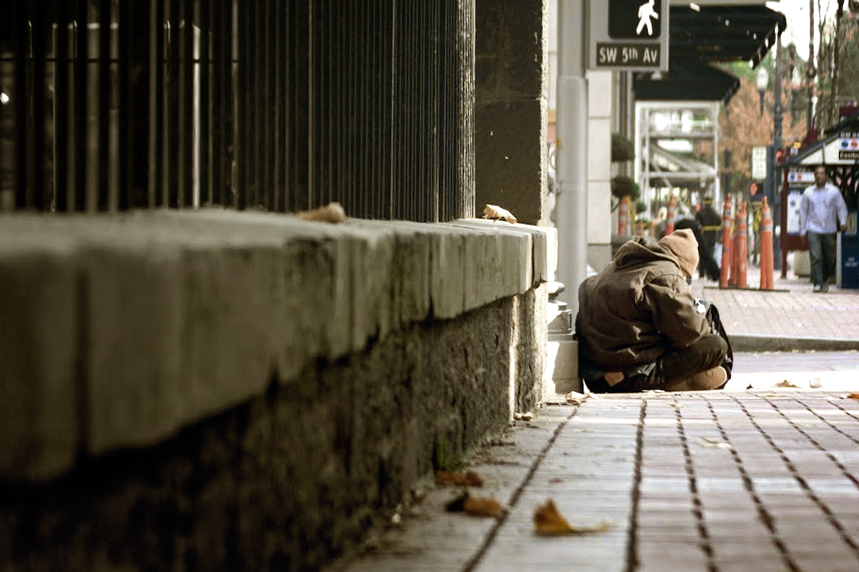
Contrary to the stereotype, the vast majority of men and women experiencing homelessness don’t resort to panhandling.
An article by the MinnPost compared statistics of homelessness in Portland, Hartford, Nashville and Charlotte.
Volunteers for the Vulnerability Index Survey reach out to people on the street and ask them 45 questions about health status, institutional history (jail, prison, foster care, hospital and military), length of homelessness, patterns of shelter use, healthcare and income sources.
The survey seeks to identify vulnerable individuals as well as build a composite picture of a community’s homeless population. The idea is that people who have more markers* indicating mortality risk should receive more immediate assistance.
One insight some may find surprising: despite the stereotype, the vast majority of homeless men and women don’t panhandle.
Respondents said their typical sources of income include:
Other findings by the MinnPost:
The percentage of homeless veterans is high relative to their 7% portion of the population, ranging from 30% in Nashville to 14% in Hartford.
Most have been jailed. In Portland, 80% reported spending jail time and 30% have been in prison. They’ve also been victims. 45% of those reporting in Portland said they’d been a victim of a violent attack since becoming homeless.
Close to half are medically vulnerable. Both Portland and Charlotte had 47% of their populations who reported at least one of the eight high risk factors. In Portland, more than a third of those surveyed had a chronic medical condition co-occuring with psychiatic and substance abuse issues. Hartford reported 25% had a tri-diagnosis, and93% “reported or were observed to be suffering from mental illness or substance abuse problems.”
Few have health insurance. The rates of the uninsured ranged from 63% (Portland) to 74% (Charlotte). Not surprisingly, then, the homeless are frequent users of emergency room medical services. (Hartford reported 16% in 2011, which is close to the national rate for the uninsured. I don’t know what accounts for the difference.)